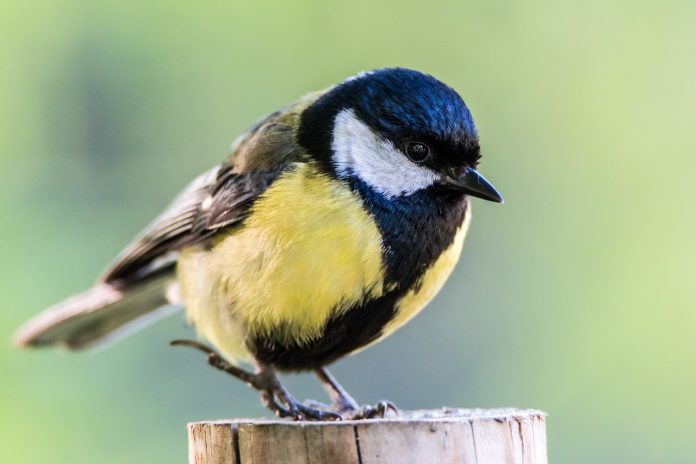In 1987 a group of volunteers launched Project FeederWatch, a citizen science program to study winter bird populations across North America.
Last year FeederWatchers submitted 156,076 checklists, a new record. They reported a total of more than seven million birds.
Since the count began 31 years ago, black-capped chickadees have been the most reported species in Canada. These hardy little birds are well adapted to northern winters. On bitter cold nights, chickadees can lower their body temperature to become hypothermic. To conserve body heat chickadees typically roost in small tree cavities and shiver to generate some extra body heat.
In the Northeast Region, which extends west to Wisconsin and Illinois and south to Kentucky and Virginia, chickadees (black-capped and Carolina) were reported at 97 percent of the FeederWatch sites.
Rounding out the top 10 most frequently reported species in the region were dark-eyed junco (95 percent), downy woodpecker (92 percent), blue jay (91 percent), mourning dove (91 percent), northern cardinal (90 percent), American goldfinch (86 percent), white-breasted nuthatch (81 percent), house finch (86 percent) and red-bellied woodpecker (71 percent).
Project FeederWatch is Cornell University’s citizen science program sponsored by the Lab of Ornithology.
Volunteers
New volunteers are always welcome. And no experience is required. FeederWatch materials teach everything participants need to know.
Even counts of just a few common birds such as cardinals and chickadees are useful. In fact, counts that report no birds are useful because they indicate areas from which birds are absent.
And volunteers don’t even need to identify every species they see. With 31 years of data from all across the continent, FeederWatch has more information than any single ornithologist could ever collect in a lifetime.
This data provides insights into population changes and the effects of climate change on bird distribution.
It’s citizen science at its best. One of the benefits of FeederWatch is that the army of skilled birders grows every year.
Over FeederWatch’s 30-year history volunteers have counted more than 149 million birds and submitted more than 2.6 million checklists.
Collecting FeederWatch data is fun and can be done with children and grandchildren. And it’s a great way to introduce children to real science.
For the last five years, I’ve hosted a one-hour FeederWatch count on the first Saturday of each month at Grand Vue Park in Moundsville, West Virginia.
On the nastiest winter days just a few hardy souls would show up, but on milder days I’d get as many as a dozen FeederWatchers.
FeederWatch does not require a huge time commitment, and anyone can do it.
This year FeederWatch begins Nov. 10 and continues through April 5, 2019.
Regardless of how often you can count and even if you can identify only one or two species of birds, your results are valuable.
To become a FeederWatch volunteer, visit www.feederwatch.org, call 800-843 2473 during normal business hours, or send a check to Project FeederWatch, P.O. Box 11, Ithaca, NY 14851.
The $18 fee ($15 for Lab of Ornithology members) covers all materials, data analysis and publication of each year’s results.
If for some reason you cannot set up bird feeders, click on the “FeederWatch Cam” link to watch a live video feed from a feeding station in northern Ontario.
Highlights include a variety of northern species, including evening and pine grosbeaks, Canada jays and redpolls. Each is unlikely to be seen in the lower 48.
To enhance the menu at your feeding station, prepare suet cakes for chickadees, nuthatches and woodpeckers.














